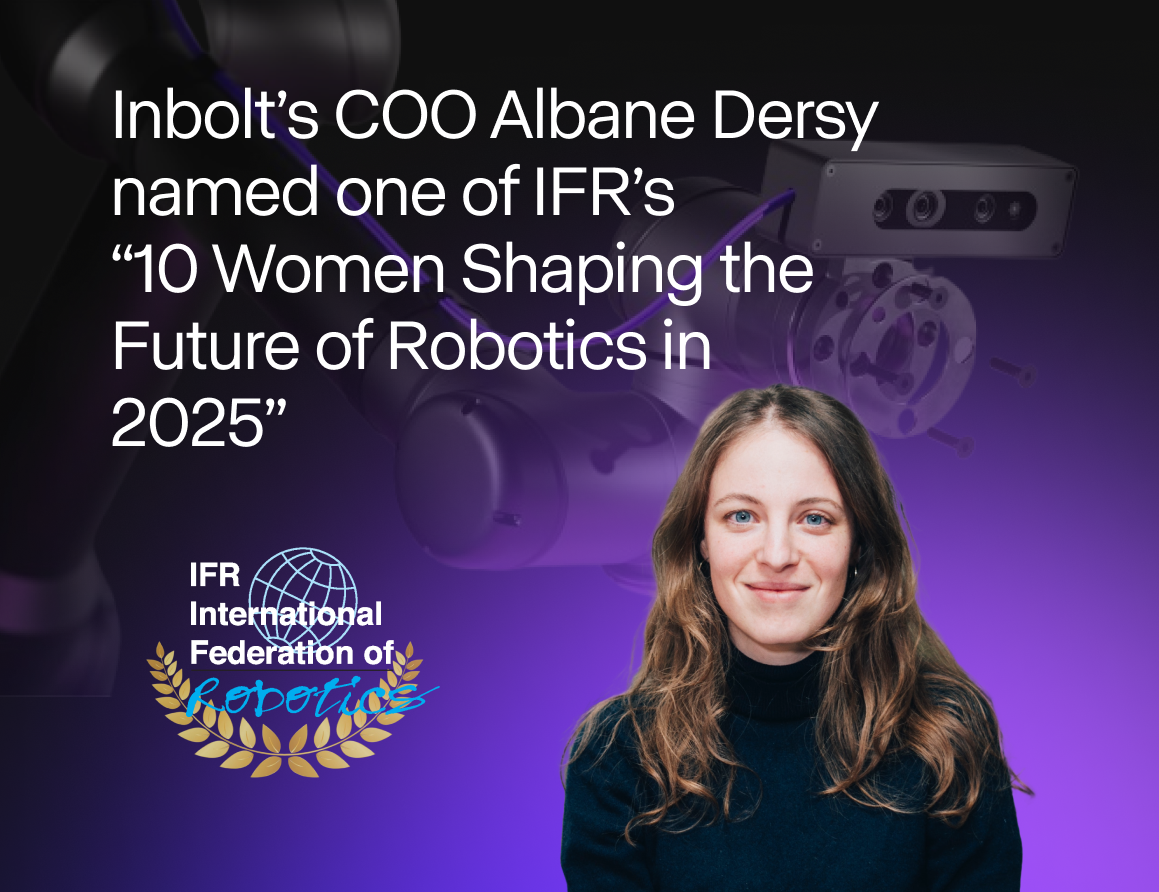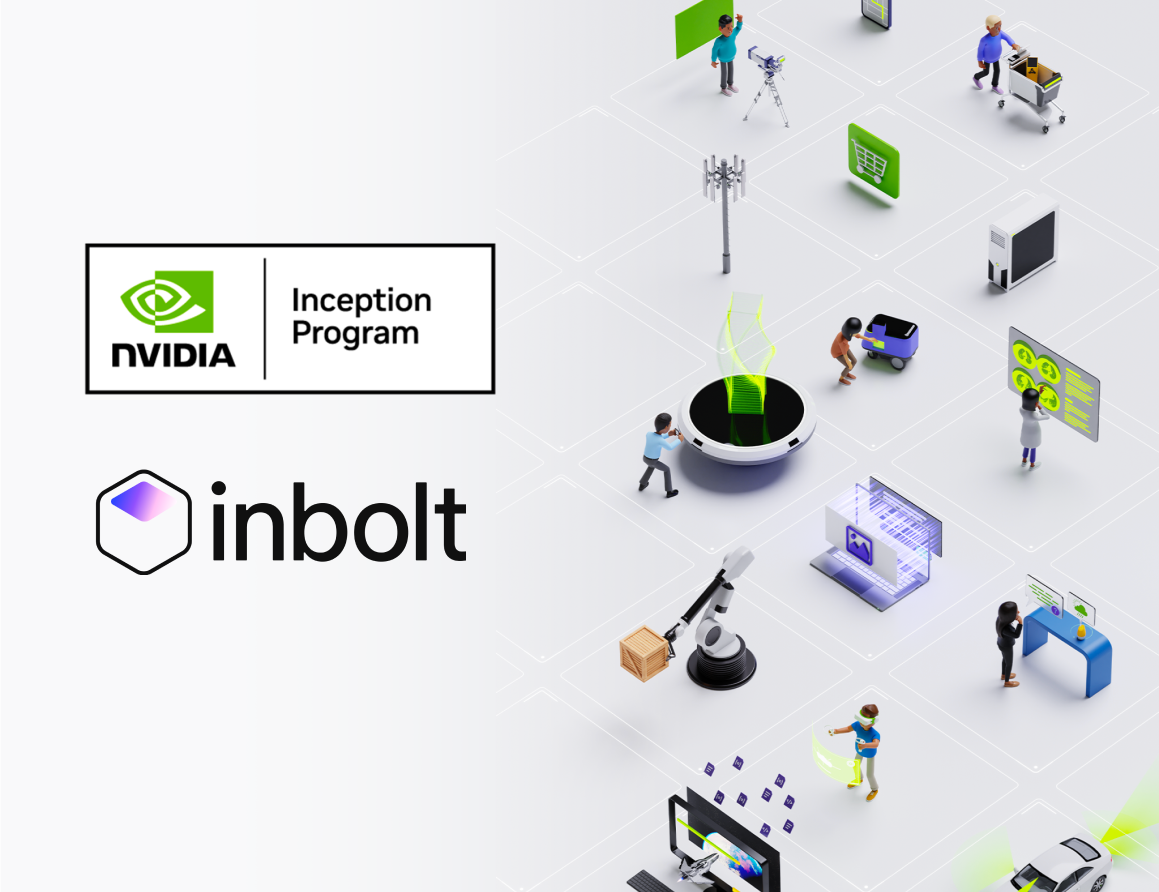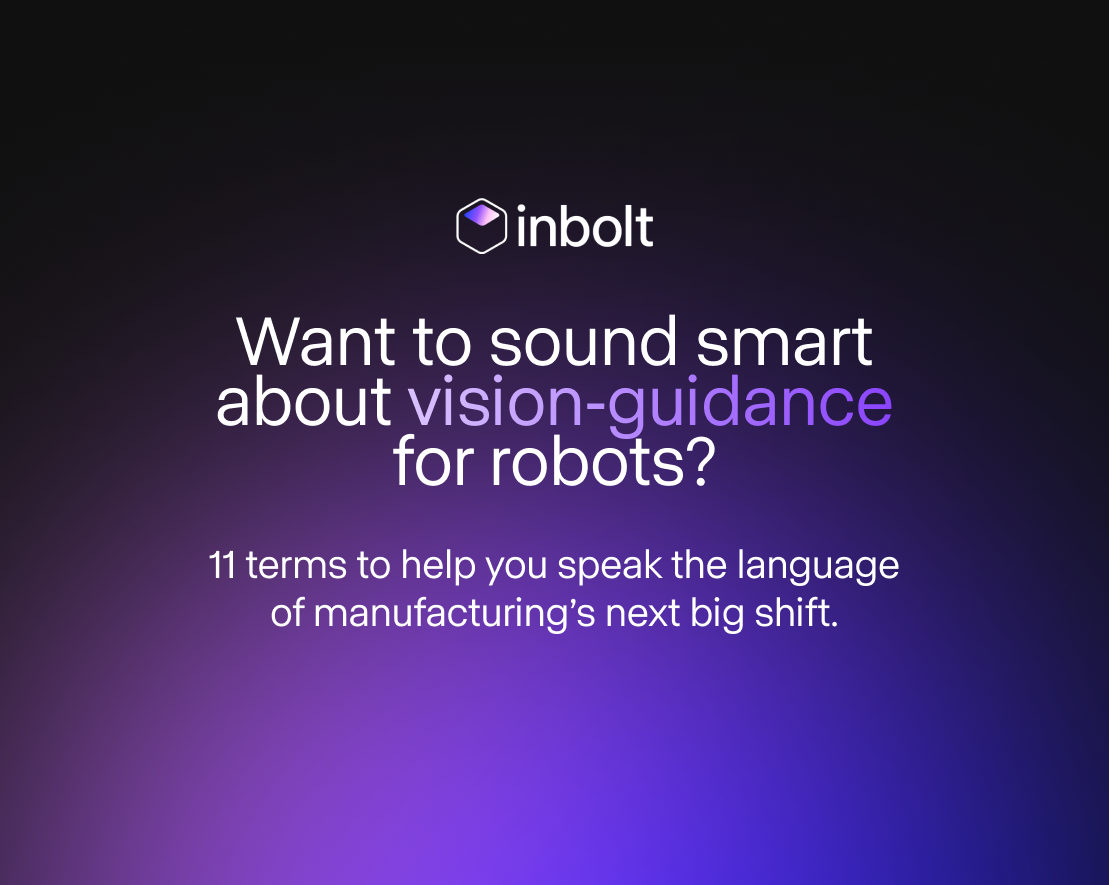All You Need to Know About Computer Vision in Automation
Computer vision has profoundly transformed industry sectors, particularly automation. Building on our previous exploration of computer vision's history and types, this article delves into the details of how computer vision is applied in automation, spotlighting the significant strides made and the challenges encountered.
A year ago, we wrote an article on the history of computer vision, as well as the different sort of computer vision one can find.
This article constitutes the second of this series on computer vision, and today we will be going into more details about the details of computer vision used in the field of automation.
Computer vision systems use algorithms, alongside other techniques, to enable them to: recognize items, understand scenes and track objects, amongst other things. There are several types of computer vision systems, ranging from 1D to 3D, and though the process does vary, the overall goal remains the same: perceive, recognize, and—more importantly—understand.
A computer vision system will usually include:
- A camera to capture the visual information;
- Algorithms;
- Techniques from computer vision (that will vary widely depending on whether 1D, 2D or 3D is used);
- The ability to analyze and extract information from digital images or videos;
- An output generation, where the results are generated and used for control and decision-making processes.
Computer vision has profoundly transformed industry sectors, particularly automation. Building on our previous exploration of computer vision's history and types, this article delves into the details of how computer vision is applied in automation, spotlighting the significant strides made and the challenges encountered.
Key Technologies
- Image Recognition is at the heart of computer vision, and enables systems to detect and classify objects within images accurately. It utilizes various techniques, like including pattern recognition and feature extraction to identify shapes, colors, and textures.
- Machine Learning Algorithms enable computer vision systems to adapt and improve over time. They can analyze historical data to predict future occurrences. Supervised learning models can refine their accuracy in object detection through exposure to annotated datasets, while unsupervised learning can discover patterns and categorizations within unlabelled data. In both cases, the algorithms are able to learn and improve over time.
- Neural Networks are mimicks of the neural structure of the human brain, processing layers of information and enabling pattern recognition and decision-making. Convolutional neural networks (CNNs) are particularly significant in computer vision, able to process pixel data and identify patterns, allowing them to interpret images and videos.
Computer vision systems work through a processing and analysis of visual data through a series of stages: acquisition, processing, feature extraction, and interpretation. This allows the system to convert raw visual input into actionable data.
Computer Vision in Automation
In industrial automation, computer vision is fundamental for enhancing accuracy and streamlining operations.
Robotics guidance, for instance, relies on computer vision to navigate complex and/or dynamic environments, enabling robots to perform movements that are precise like handling items and accomplishing assembly tasks (glueing, welding, drilling, screwing, etc).
Quality control applications, another critical application, leverage cameras combined with intelligent algorithms to detect defects or inconsistencies in products, minimizing human error and maximizing production efficiency.
Advancements & Challenges in Computer Vision Technology
The fusion of AI and Deep Learning has propelled computer vision forward in recent years, significantly enhancing its capabilities. These technologies enable a better interpretation of visual data, allowing for real-time processing, decision-making and facilitating more dynamic and responsive computer vision systems.
Despite these advancements, challenges persist: variable lighting and environmental conditions can impair image quality and interpretation accuracy in some cases (though this issue is made obsolete with 3D infrared cameras), and obstructions or complex backgrounds can also complicate object detection and recognition.
To ensure efficient processing without compromising speed or accuracy, it’s essential for companies to invest in robust computational resources and sophisticated algorithms.
In the future, the convergence of computer vision with emerging technologies like edge computing and the Internet of Things (IoT) promises even more integrated and intelligent systems.
Anticipated developments include enhanced real-time processing, improved contextual understanding, and greater autonomy in decision-making processes. As computer vision technology becomes more accessible and scalable, its adoption across industries is expected to rise and drive innovation, transforming operational paradigms in automation.

The Inbolt Advantage
Inbolt's technology combines several AI components to maintain its performance in the challenging environment of a factory, allowing its GuideNOW technology—a 3D vision-guided system—to improve the robots' flexibility for handling, assembly, and finishing applications. The core of the solution is an algorithm that analyzes the camera-provided image of the object to be manipulated and compares it with a 3D model of the scene to guide the robot. This happens at a high frequency to manage operations in real time.
Inbolt targets applications in the automotive industry but also in logistics.
Computer vision has come a long way in recent years, and its applications in fields such as manufacturing and automation have been instrumental in boosting efficiency and productivity. It has become an invaluable tool for many industries, and its capacity to improve processes in these industries is virtually limitless.
The benefits of computer vision use in the manufacturing industry are indisputable and continue to grow, evolve, and improve along with the technology. There are opportunities like never before as technology becomes more mainstream and more easily accessible by large and smaller industries alike, and Inbolt will be there to help companies improve and streamline their processes.
Last news & events about inbolt

Articles
Albane Dersy named one of “10 women shaping the future of robotics in 2025”
The International Federation of Robotics has recognized Albane Dersy, co-founder and COO of Inbolt, as one of the “10 Women Shaping the Future of Robotics 2025.” At a time when manufacturers are racing to automate, Albane’s leadership stands out for bringing flexibility and intelligence to robotics on a global scale. This article explores her career, the impact of her work with Inbolt, and the leadership lessons she shares with the next generation of innovators.

Articles
Inbolt Joins NVIDIA Inception to Accelerate AI-Driven Automation
Inbolt joins the NVIDIA Inception program to boost its AI-driven automation solutions. This partnership provides access to exclusive resources, accelerating Inbolt’s mission to enhance real-time 3D vision for robots in manufacturing.
